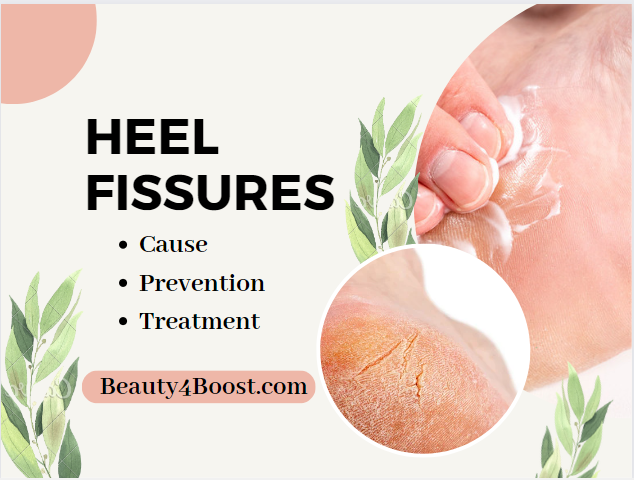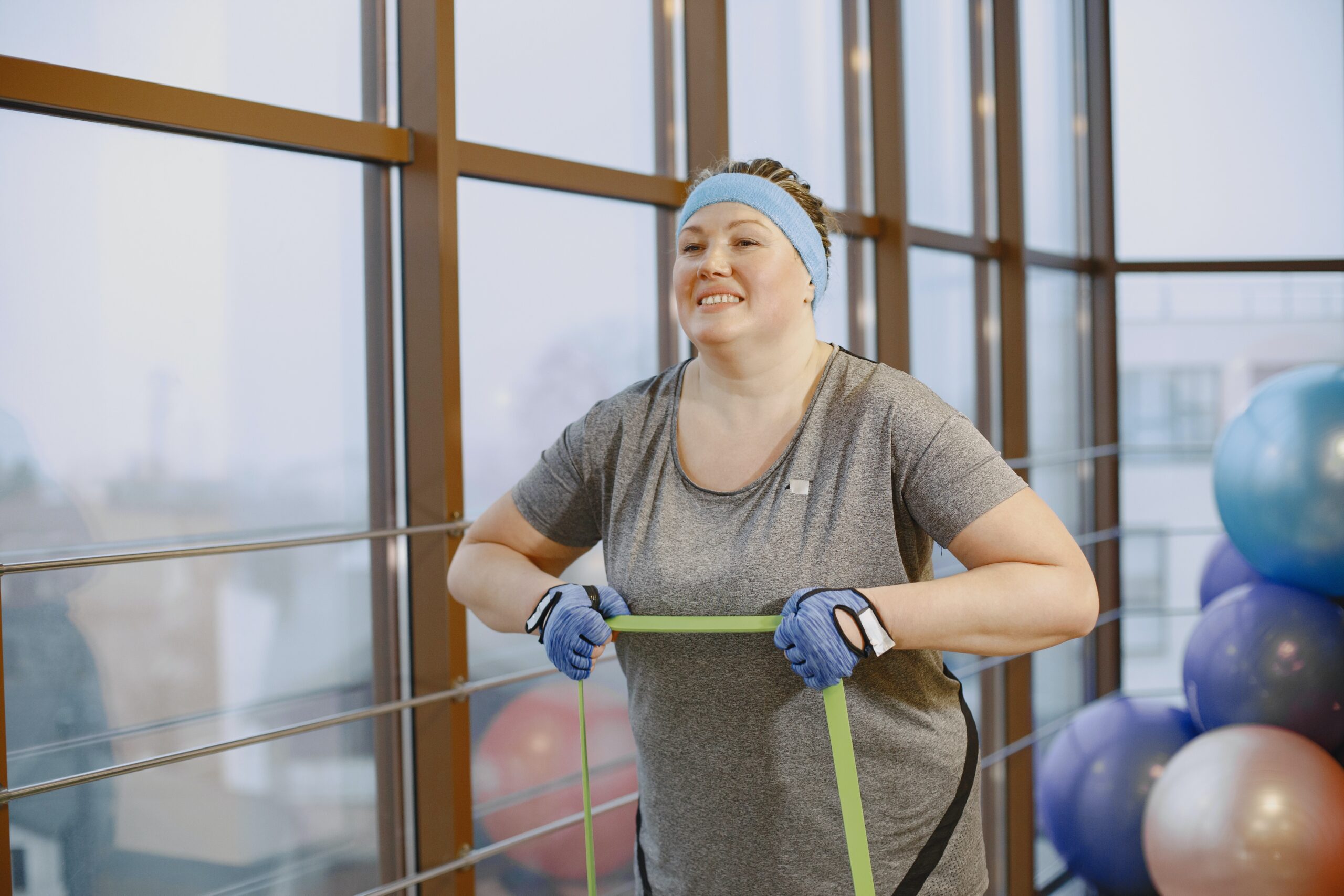Introduction
Heel fissures, often referred to as cracked heels, can be an uncomfortable and unsightly condition. They occur when the skin on the heels becomes dry, leading to the development of painful cracks. In this guide, we’ll explore everything you need to know about heels fissures, from understanding the causes to effective prevention and treatment strategies.
Understanding Heel Fissures
Heel fissures, also known as cracked heels, are a common foot condition that can cause discomfort and affect the appearance of your feet. These deep, painful cracks often occur due to dry or thickened skin on the heels, and they can be exacerbated by factors like dehydration, poor footwear choices, and lack of proper foot care.
Understanding heels fissures involves learning about their causes, symptoms, and the various treatment and prevention methods available. By gaining insights into this condition, you can take steps to keep your feet healthy, comfortable, and sandal-ready all year round.
What Are Heel Fissures?
Heel fissures are painful cracks in the skin around the heels. They are usually caused by a combination of factors, including dry skin, excessive pressure on the feet, and various medical conditions.
The Science Behind Heel Fissures
To comprehend heels fissures better, it’s essential to understand the role of moisture and pressure on the skin. The skin on the heels is thicker and often subjected to more pressure, making it prone to drying out and forming fissures.
Common Causes of Heels Fissures
Numerous factors contribute to the development of heels fissures, including inadequate foot care, wearing open-back shoes, obesity, and underlying health conditions.
Prevention is Key
Maintaining Proper Foot Hygiene
Good foot hygiene is crucial in preventing heels fissures. Regularly clean and moisturize your feet, paying extra attention to your heels.
Wearing Suitable Footwear
Choosing the right footwear, especially closed-back shoes that provide adequate support, can help prevent heel fissures.
Balanced Diet for Healthy Skin
A diet rich in essential nutrients, such as vitamins and minerals, is vital for maintaining healthy skin and preventing heels fissures.
Treating Heel Fissures
Home Remedies
Several home remedies can effectively treat heels fissures, including soaking the feet, using a pumice stone, and applying moisturizing creams.
Over-the-Counter Products
Pharmacies offer a variety of over-the-counter products like foot creams and balms designed to heal and prevent heels fissures.
Consulting a Podiatrist
In severe cases, it’s advisable to seek professional help from a podiatrist, who can recommend advanced treatments or prescribe medications.
FAQs
How long does it take to heal heel fissures?
The healing time for heels fissures varies, but with proper care and treatment, most people see improvement within a few weeks.
Can heels fissures be painful?
Yes, heels fissures are often painful, especially when they become deep or infected.
Are there any natural remedies for heels fissures?
Yes, natural remedies like coconut oil, shea butter, and honey can be effective in healing heels fissures.
Should I avoid open-back shoes if I have heels fissures?
Yes, it’s best to avoid open-back shoes as they can worsen the condition and hinder the healing process.
Can heels fissures be a sign of an underlying medical condition?
In some cases, yes. Heels fissures can be a symptom of underlying conditions like diabetes or thyroid problems. If you suspect this, consult a healthcare professional.
Is it necessary to consult a doctor for heels fissures?
In most cases, you can treat heels fissures at home. However, if they persist or worsen, it’s advisable to see a doctor for a proper diagnosis and treatment plan.
Conclusion
Heels fissures can be both painful and unsightly, but with proper care and treatment, you can say goodbye to this discomfort. This guide has provided valuable insights into understanding, preventing, and treating heels fissures. Remember to maintain good foot hygiene, choose suitable footwear, and nourish your skin to keep your heels healthy and free from fissures.





Can you write more about it? Your articles are always helpful to me. Thank you!
Thank you for your help and this post. It’s been great.